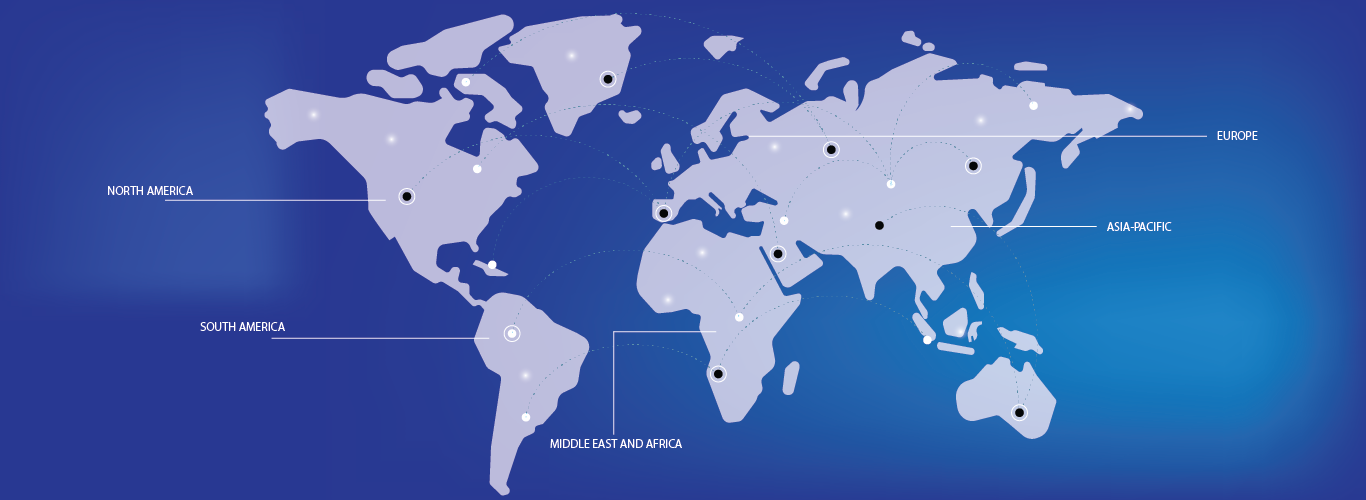模組化實驗室自動化市場正在經歷顯著成長,這得益於技術進步以及實驗室環境中對高效、可擴展解決方案日益增長的需求。隨著實驗室面臨提高生產力、減少人為錯誤和處理複雜工作流程的壓力越來越大,模組化自動化系統提供了一種靈活的方法,允許實驗室根據特定需求整合各種模組。
推動市場發展的關鍵因素包括對科學研究的精確度和準確性的日益關注,以及實驗室應對高通量需求的需求。自動化系統可以加快樣品處理速度、增強數據管理並提供一致的結果,使其成為製藥、生物技術和學術研究等領域的必備工具。
此外,對個人化和可客製化解決方案的需求促使供應商開發高度適應性的平台,能夠支援液體處理、樣品製備和數據分析等多項任務。隨著市場的不斷發展,自動化解決方案預計將變得越來越複雜,整合人工智慧和機器學習,以提高決策能力和效率。
這些系統的模組化還確保了可擴展性,使實驗室能夠以最小的干擾擴展或修改其自動化設定。這種靈活性以及節省成本和時間的優勢預計將在未來幾年繼續推動市場向前發展。

Frequently Asked Questions
The market is segmented based on Segmentation, By Equipment and Software (Automated Liquid Handlers, Automated Plate Handlers, Robotic Arms, ASRS, Software, and Analysers), Application (Drug Discovery, Genomics, Proteomics, and Clinical Diagnostics) – Industry Trends and Forecast to 2032
.
The Global Modular Laboratory Automation Market size was valued at USD 8.98 USD Billion in 2024.
The Global Modular Laboratory Automation Market is projected to grow at a CAGR of 6.76% during the forecast period of 2025 to 2032.
The major players operating in the market include Thermo Fisher ScientificInc., Danaher, BD, Abbott, Hamilton Company., bioMérieux SA, Siemens, F. Hoffmann-La Roche Ltd, QIAGEN, Honeywell International Inc. AGilent TechnologiesInc., BioTek InstrumentsInc., Hudson RoboticsInc., LabWare, Brooks AutomationInc., Cerner Corporation, Synchron Lab Automation, Aurora Biomed Inc., and PerkinElmer Inc..
The market report covers data from the U.S., Canada and Mexico, Germany, France, U.K., Italy, Russia, Spain, Denmark, Sweden, Norway, Rest of Europe, China, Japan, India, South Korea, Australia, Thailand, Rest of Asia-Pacific (APAC), Saudi Arabia, U.A.E, South Africa, Nigeria, Egypt, Kuwait, Rest of Middle East and Africa, Brazil, Argentina and Rest of South America.




